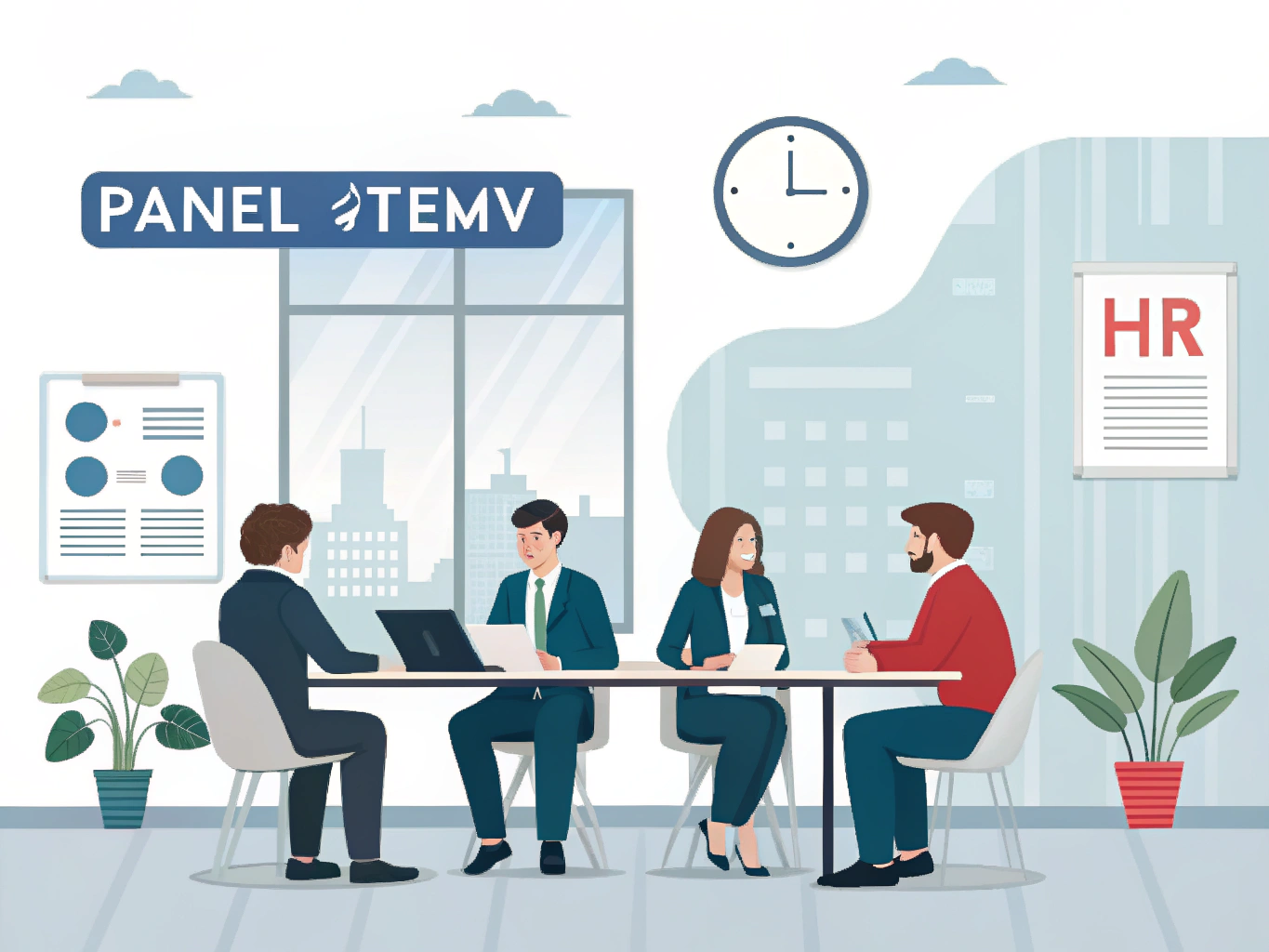Definition
Phased retirement is a flexible work arrangement that allows employees to gradually reduce their hours or responsibilities as they transition into retirement. This approach helps individuals ease into their new phase of life while still staying connected to their work, providing both personal and professional benefits.
Key Components
Understanding the main elements of phased retirement can help you, as an HR professional or employee, make informed decisions about implementing or participating in such programs.
- Flexible Work Schedule: Employees can opt to work fewer hours or days, which gives them the time to adjust to retirement. For example, someone may start by working four days a week instead of five, allowing them to maintain a connection to the workplace without the full-time commitment.
- Continued Income: Phased retirement allows employees to continue earning a portion of their salary while reducing their workload. This can be especially useful for those who haven’t saved enough for retirement or are not yet eligible for full retirement benefits, ensuring financial stability as they transition.
- Mentorship Opportunities: As experienced employees reduce their hours, they can take on mentorship roles, sharing their knowledge with younger colleagues. For instance, a senior engineer may mentor a junior engineer, helping to transfer valuable skills and insights that are crucial for the organization’s success.
- Enhanced Work-Life Balance: Phased retirement supports employees in reducing stress and avoiding burnout. By allowing them to work fewer hours, they can pursue hobbies, travel, or spend time with family, which contributes to their overall well-being.
- Succession Planning: Organizations can use phased retirement as a strategic tool for succession planning. By identifying employees nearing retirement and engaging them in phased arrangements, companies can prepare for future talent needs and ensure a smooth transition of responsibilities.
Importance in the Workplace
Phased retirement is not just beneficial for employees; it creates a win-win situation for organizations as well. By retaining experienced staff, companies can maintain operational continuity while also benefiting from the wealth of knowledge these employees possess. For instance, consider a technology firm where a senior developer transitions into phased retirement. They can continue to contribute to key projects while training new hires, ensuring that critical company knowledge doesn’t walk out the door. This approach fosters a collaborative environment and helps the company navigate challenges more effectively.
Best Practices
If you’re considering implementing a phased retirement program in your organization, here are some actionable best practices to keep in mind:
- Communicate Clearly: Ensure that employees are aware of the phased retirement options available to them. Host informational sessions where you explain the benefits and processes involved, making it easy for employees to ask questions and express interest.
- Customize Arrangements: Recognize that each employee’s transition to retirement is unique. Work with individuals to tailor their phased retirement plans to meet their specific needs and preferences, whether that means adjusting hours, responsibilities, or mentorship roles.
- Offer Training for Successors: To maximize the benefits of knowledge transfer, develop training programs for younger employees who will take over the responsibilities of those in phased retirement. This not only prepares the next generation but also validates the experience of the outgoing employee.
- Monitor Engagement: Regularly check in with employees in phased retirement to gauge their satisfaction and engagement levels. Ensure they feel valued and connected to the team, which can lead to better morale and productivity.
- Evaluate and Adapt: Periodically review the phased retirement program to assess its effectiveness and make necessary adjustments. Gather feedback from participants and the organization to continuously improve the process.
Legal Considerations
When implementing a phased retirement program, it’s essential to be aware of any legal implications. Ensure that your policy complies with labor laws and regulations regarding age discrimination, retirement benefits, and employee rights. Consulting with legal counsel can help you navigate these complexities. For example, ensure that your phased retirement options align with the Employee Retirement Income Security Act (ERISA) and don’t inadvertently disadvantage older employees in comparison to their younger counterparts.
Conclusion
Phased retirement is an invaluable strategy for both employees and employers, facilitating a smoother transition into retirement while retaining vital skills within the workforce. By fostering a culture that embraces this flexible approach, organizations can enhance employee satisfaction, support knowledge transfer, and ensure long-term operational success. Understanding and implementing phased retirement can help you create a more engaged and prepared workforce, making it a win-win for everyone involved. So, whether you’re an HR professional or an employee contemplating retirement, consider how phased retirement might fit into your plans!




